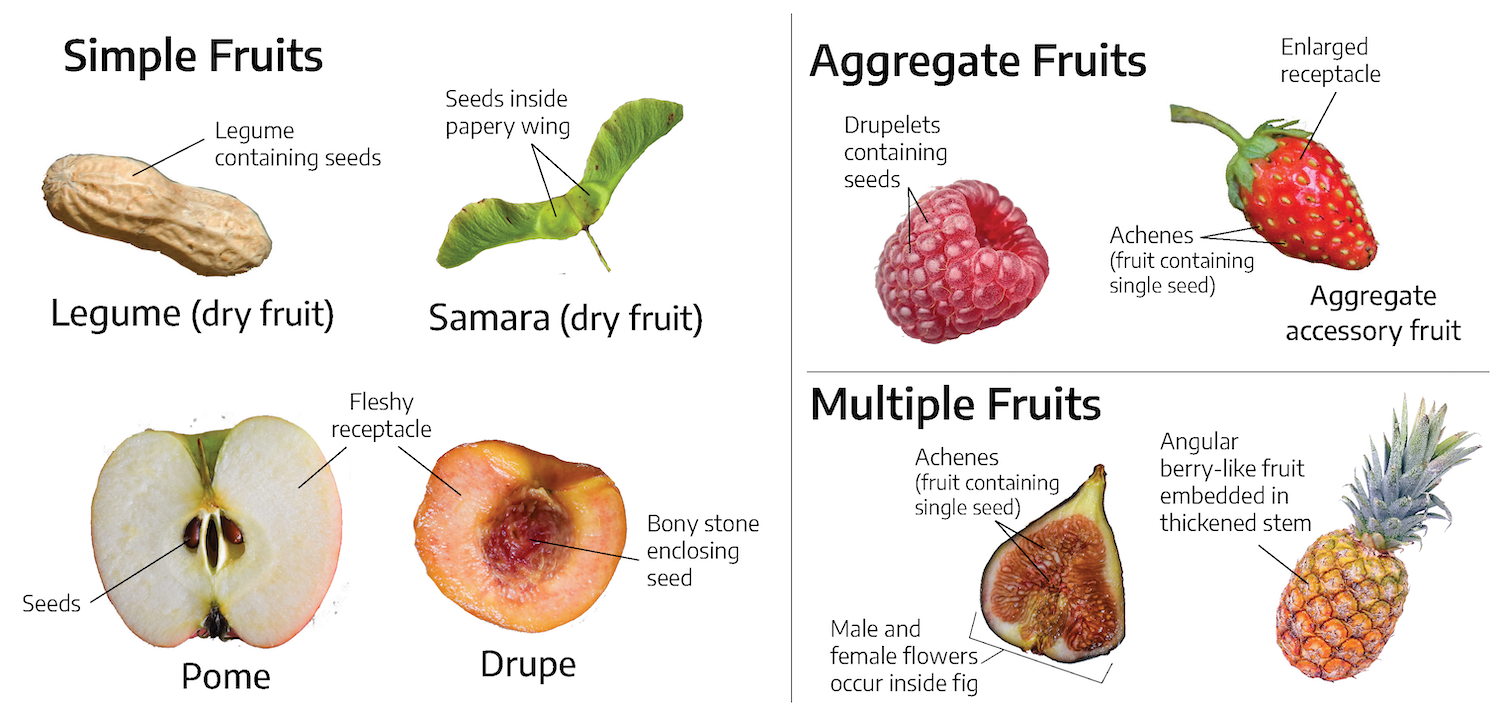The scientific discipline that studies the shape and structure of objects is called morphology. The roots, stem, leaves, flowers, and fruits are all parts of a flowering plant’s morphology, regardless of the plant you choose.
Let us take a closer look at the notes on flowering plants and their morphology.
Blooming Plants
There are 300,000 species of flowering plants, making them the most diverse category of land plants. They yield fruits that contain seeds and are also referred to as angiosperms. The earliest flowering plants appeared 140 million years ago, and it is thought that they originated from gymnosperms during the Triassic epoch.
The primary characteristic that sets flowering plants apart from other seed plants is their flowers, which serve as their reproductive organs. As a result, angiosperms have undergone speciation, which has enabled them to adapt to a variety of ecological niches.
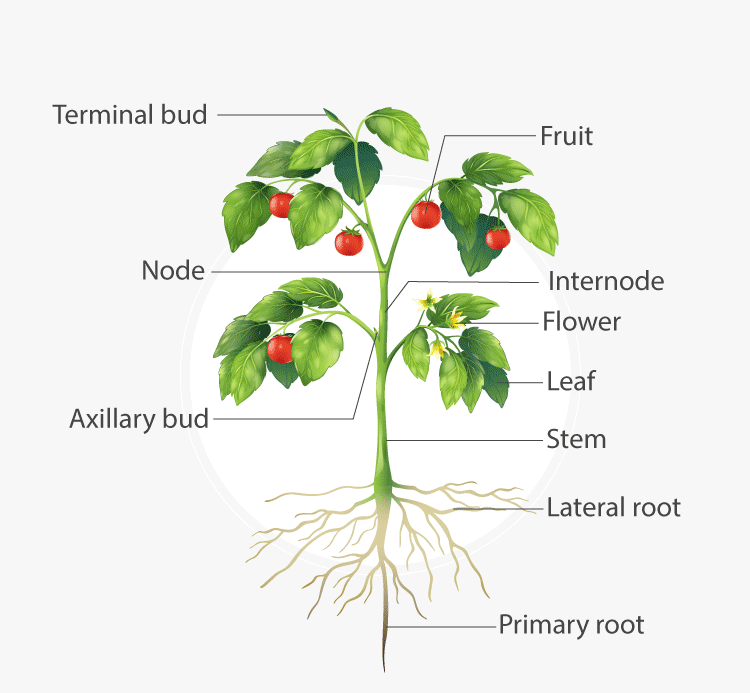
Pollination: Pollination is the process by which flowering plants reproduce. In this case, the pollen grains move from the male flower’s anther to the female flower’s stigma, where they fertilize and produce seed.
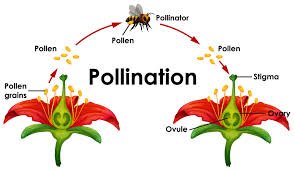
According to their morphology, blooming plants have two systems:
i) The root system
ii) The shoot system
Root: The portion above is referred to as the shoot, and the portion below is called the root.
- Root System: The root is a brown, non-green, and underground part of a plant. Root with their branches is collectively called a root system. There are three types of root systems:
- Taproot System: The taproot is mainly found in dicotyledonous plants. It develops from the radicle of the germinating seed, along with its primary roots and branches, giving rise to the taproot system. Mustard seeds, mangoes, grams, and banyan are a few examples of dicotyledonous plants with a taproot system.
- The System of Adventitious Roots: The adventitious root system is made up of roots that grow from any part of the plant body other than the radicle. All monocotyledonous plants primarily have this root structure. The adventitious root system of plants serves a number of functions, including vegetative propagation and mechanical support. Among the monocotyledonous plants with the adventitious root system are horsetails, maize, oak trees, and banyan trees.
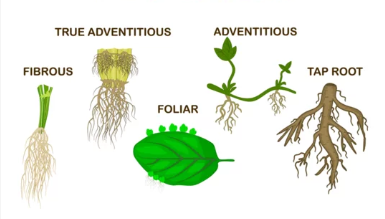
Root’s Functions
A root’s general purposes include:
i) Anchorage
ii) Storage
iii) Mineral and water absorption.
Root Regions
A root’s three sections are:
i) The Root Cap.
ii) The maturing region.
iii) The elongation area.
The Shoot System
The stem of the plant is another vital component. In addition to bearing branches, leaves, flowers, and fruits, it is the upward portion of the plant axis that facilitates the conduction of minerals and water. Developed from the plumule of an embryo or the germinating seeds, it is the aerial portion of the plant.
Typically green at first, young stems eventually turn woody and brown. Depending on the purpose they serve, the stem is altered to form specific structures.
Features of the Stem
The following are some of the stem’s key attributes:
1 ) The embryo’s plumule and epicotyl give rise to the stem.
2) The upright stem grows toward the light and away from the dirt.
3) At the very top of the stem lies a terminal bud.
4) The shoot in angiosperms differentiates into internodes and nodes.
5) Young stems are photosynthetic and green.
6) There is multicellular hair.
7) Mature plants produce fruits and blooms on their stems and branches.
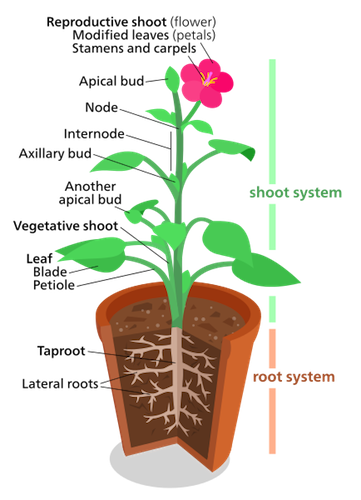
Various types of stem
The stem is altered to take on the many forms listed below:
1. Suckers.
2. Runners.
3. climbers.
4. tubers.
5. Rhizome.
6. Tendrils.
7. Thorns.
8. Cladode.
The leaf is often flattened and borne laterally. It is the plant’s primary photosynthetic component. Through the stomata, it facilitates gas exchange and absorbs light.
The petiole, lamina, and leaf base are the primary components of the leaf. They bear a bud at the axil and grow at the node. Veination is the arrangement of veins and veinlets in a leaf. The presence of the photosynthetic pigment chlorophyll gives the leaves their green color. The gaseous exchange occurs in microscopic pores called stomata.
Based on the design of a leaf blade, leaves can be further divided into simple and compound leaves. Other leaf kinds are categorized according to their forms, leaf configurations, and venation.
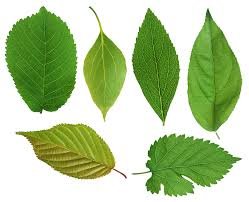
Features of Leaves
1) The node gives rise to the leaf.
2) Its origin is external.
3) At its axis is a bud.
4) The leaf’s growth is restricted.
5) There is no apical bud on the leaves.
Changes to Leaves
Depending on the roles they play, leaves are altered. Among the various structural forms of leaves are:
• spines.
• Storage Leaves.
• leaves that attract insects.
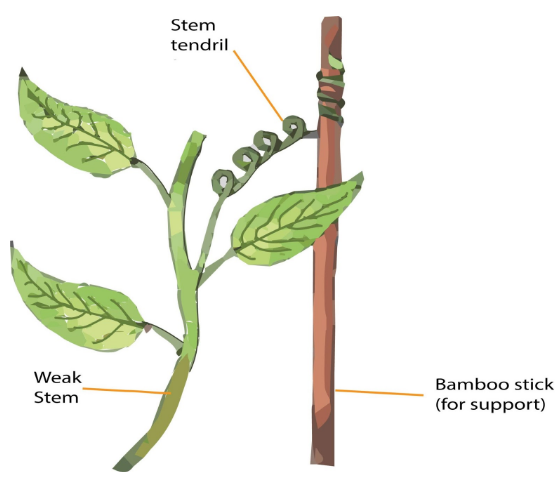
Functions of Leaves
Among the crucial tasks carried out by leaves are:
1. Photosynthesis.
2. Defense
3. Guttation
4. Storage
5. Transpiration.
Blooms
The plant’s reproductive organs are its blooms. Racemose, which allows the main axis to continue growing, and cymose, which stops the main axis in a flow, are the two primary components of the inflorescence, which is the arrangement of flowers on the floral axis.
There are four distinct whorls in the flower:
• The outermost is the calyx.
• The corolla is made up of petals.
• An androecium made of stamens.
• One or more carpels make up the gynoecium.
Pollination is the process by which plants reproduce. It is the mechanism by which pollen moves from the anther of one plant to the stigma of another.
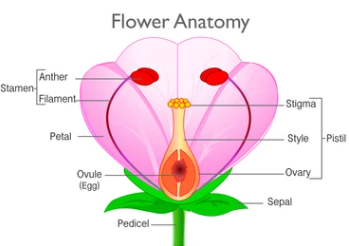
Fruits
After fertilization, the ovules grow into seeds, and the fruit, which is a ripened or mature ovary, is the distinctive feature of flowering plants. Parthenocarpic is the term for fruit that grows without fertilization.
Fruit Types
Fruits come in three varieties and are categorized primarily according to how they mature.
1. Simple— Derived from the multicarpellary syncarpous ovary or monocarpellary ovary. Simple fruit examples.
2. The multicarpellary apocarpous ovary gave rise to an aggregate. examples.
3. Composite: Rather than developing from a single flower, these are false fruits that are made from the complete inflorescence. Blackberries, raspberries, strawberries, and other fruits are examples of composite fruits.
